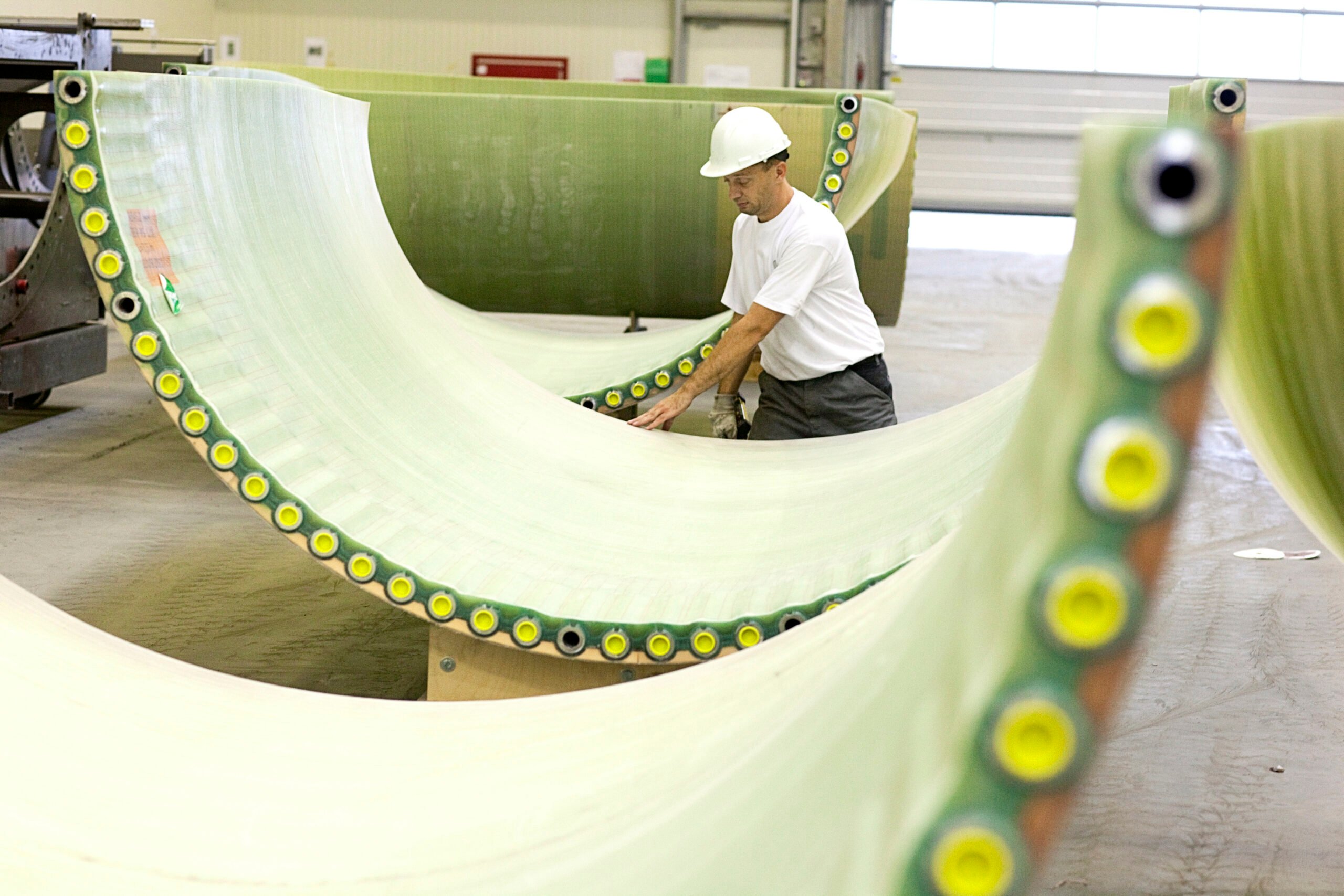News
District energy
Denmark’s energy consumption became greener in 2019


In 2019, Denmark took a good step towards a greener energy system, shows the annual Energy Statistics (2019) published by the Danish Energy Agency on 4 December. Actual energy consumption fell by 3.8 per cent compared to 2018 because of a 9.1 per cent decrease in the consumption of fossil fuels and increasing net import of electricity. Consumption of coal dropped by 44 per cent, while consumption of natural gas fell by 7 per cent. Conversely, renewable energy consumption increased by 4.9 per cent driven by increased consumption of wind power (8.1 PJ) and biogas (3.3 PJ).
-Related news: CO2 emissions dropped by 6 per cent in 2019 as Denmark has lowest coal consumption in 50 years
The gross energy consumption, corrected for fuels related to foreign trade in electricity and climate fluctuations in relation to a normal temperature year, fell by 3.0 per cent last year. Since 1990, consumption has decreased by 8.3 per cent, with coal and coke accounting for the largest decline of 79 per cent, while renewable energy accounts for the largest increase.
More than two thirds of electricity consumption covered by renewable energy
The supply of electricity based on renewable energy increased by 7 percentage points compared to 2018, amounting to 67.5 per cent of the domestic electricity supply in 2019. The largest contribution still comes from wind power with 46.8 per cent, while biomass contributes with 11.2 per cent.
-Related news: 2019: the greenest year ever in Denmark
The share of renewable energy in the total corrected gross energy consumption increased to 35.5 per cent in 2019 from 32.4 per cent the year before. Calculated according to the EU method, renewable energy amounted to 36.7 per cent of energy consumption in 2019 against 35.7 per cent in 2018.
Large drop in CO2 emissions
Actual CO2 emissions from energy consumption fell by 9.3 per cent in 2019, while emissions adjusted for climate fluctuations and fuel consumption linked to foreign trade in electricity fell by 7.8 per cent. The drop is a consequence of the decrease in the consumption of fossil fuels, not least the large reduction in coal consumption. Since 1990, actual CO2 emissions from energy consumption have been reduced by 41.2 per cent, while corrected CO2 emissions have been reduced by 43.0 per cent. A preliminary statement of Denmark's total greenhouse gas emissions in 2019 shows a decrease of 6.6 per cent in actual emissions and a decrease of 5.7 per cent in the corrected emissions.
Source
Danish Energy Agency (in Danish)
Photo by Ashes Sitoula on Unsplash















